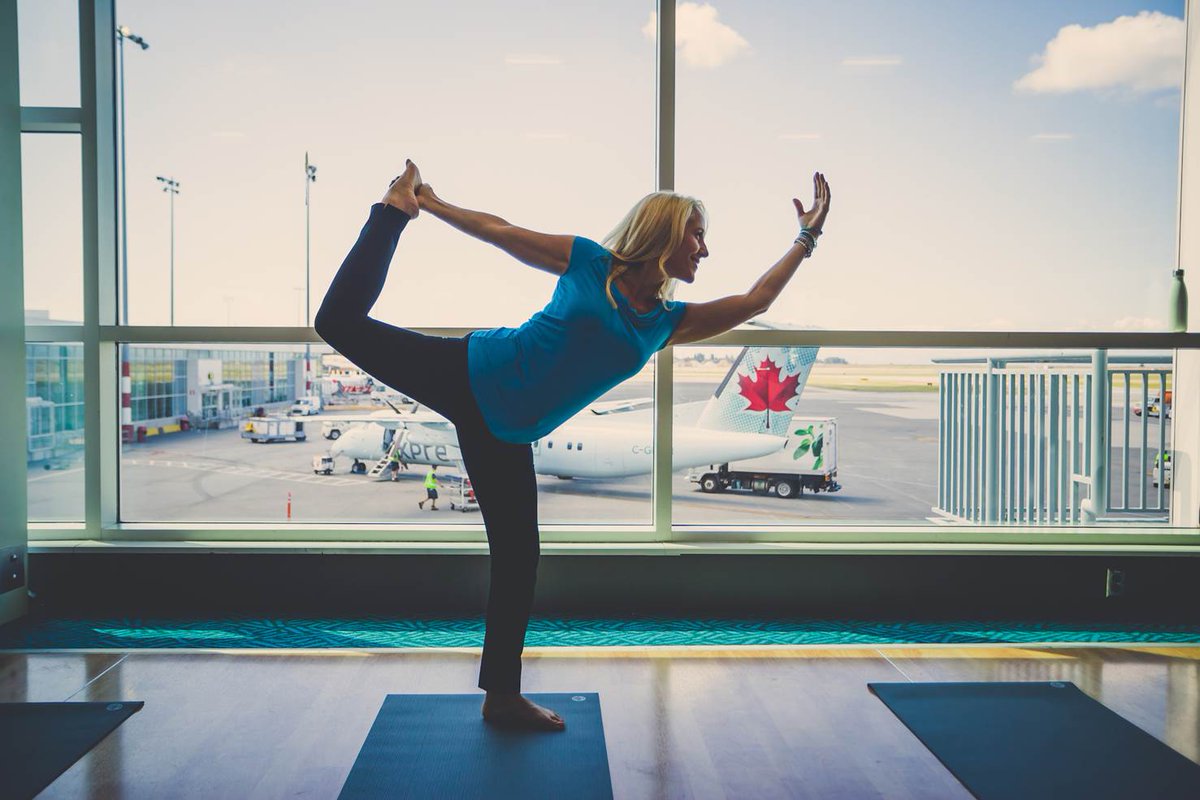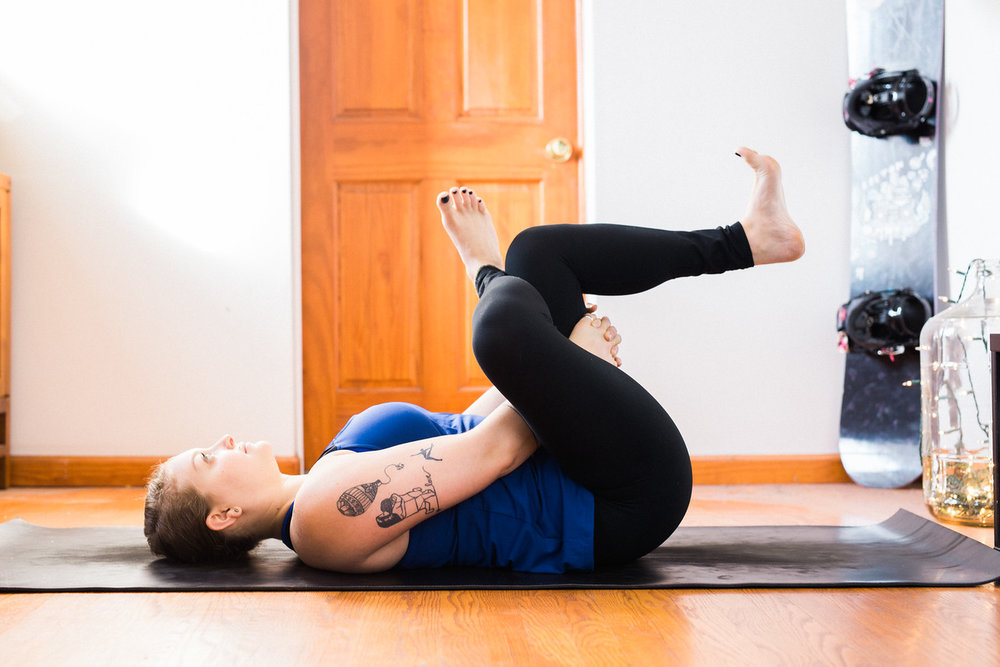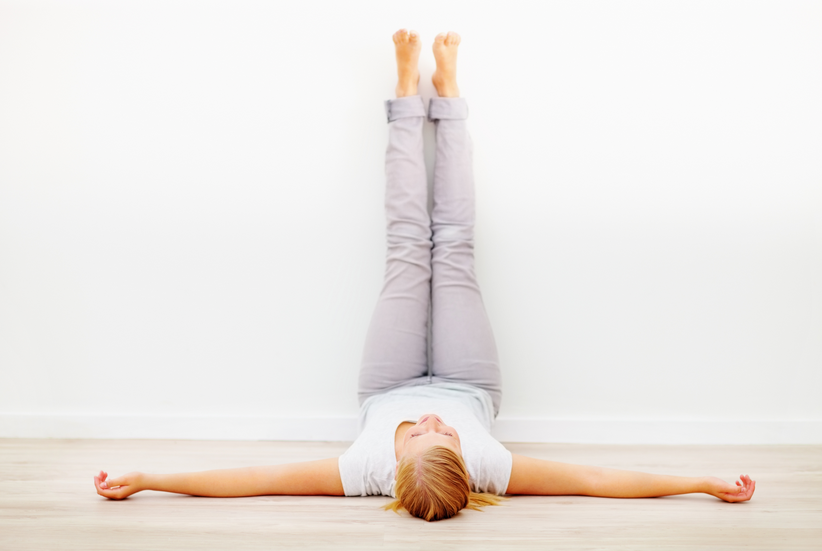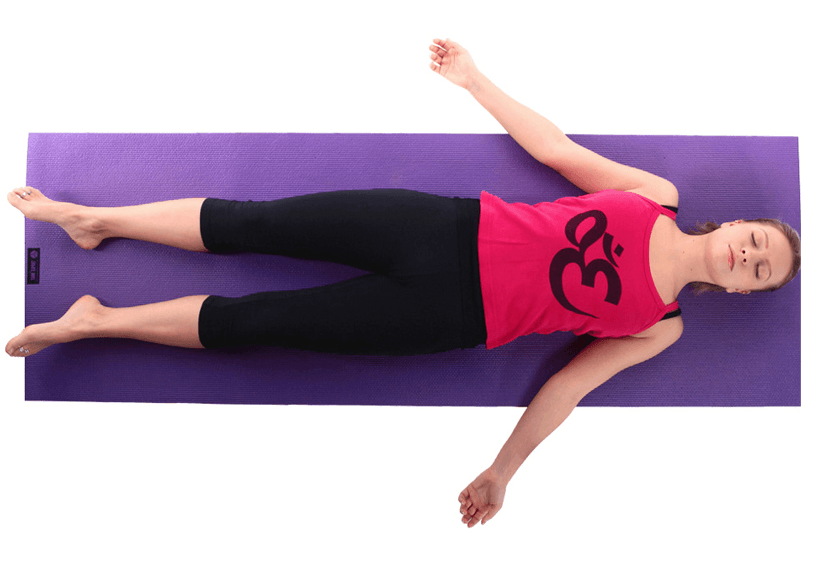
Battling fatigue and stiff joints after a long-haul flight? Yoga instructor Shweta D’souza shares six simple yoga asanas that help combat jet lag
Even if you are a seasoned traveller, a long flight can take a toll on your body. Your energy shifts, your rhythm is off, and your sleep routine goes for a toss. With yoga, you may not be able to completely eliminate jet lag in one go, but it can help rejig a quick recovery of your body, mind and spirit. Aided with a mat, you can perform these asanas after your flight when in the hotel, office or home. You can repeat the postures a few times for quicker results.
Sun Salutation (Surya Namaskar)
It awakens dormant muscles, stimulates your blood circulation and reduces that all-too-familiar jet lag sluggishness.
Why? The series of 12-asanas series of movements increases full-body circulation and lengthens and strengthens the front, back, and sides of the body. They are a great way to awaken the body and help you to fully connect your mind, body, and spirit after traveling to a different time zone.
Supine Pigeon Pose (Eka Pada Rajakapotasana)

Lie on your back with your legs straight. Take a deep breath and bend one knee, so that your foot is flat on the ground, and the heel almost six inches away from the sitting bone. Draw the opposite knee onto your chest, and turn your leg so your ankle rests on the thigh of your other leg. Make sure thetoes of the lifted foot extends toward the knee. Interlace your hands behind your thigh and gently draw your knee in toward your chest. You will feel a gentle stretch in your left hip. After a few deep breaths in this pose, release your grip and extend both legs. Switch legs and repeat this pose.
Why? After sitting in a plane, for a long period of time, your hips will most likely feel tight and stiff. This asana flexes the lower body muscles and relaxes the knees.
Cat and cow pose (Marjariasana and Bitilasana)
Balance your hands and knees on a yoga mat. Align your knees directly under the hips and your wrists should be directly under the shoulders. Keep your head in a neutral position. When you inhale, arch your back and chest towards the ceiling, and let your belly drop towards the floor – this is the cow pose. When you exhale, round the spine and tuck the head and butt towards the chest – this is the cat pose. Repeat the sequence 5-10 times.
Why? The combination of the cat and cow poses gently stretches and relieves tension from your neck and spine after a long flight.
Legs up the wall (Viparita Karani)

Sit upright against a wall. Slowly roll down onto your back and adjust your legs to rest on the wall. Rest your arms out to the sides of your body or gently place one palm on your belly and one on your heart. Once comfortable, close your eyes, take a few deep breaths, and completely relax to release all tension you may be holding onto.
Why? This asana calms the nervous system, improves circulation, alleviates headaches, lower-back pain, and helps drain stagnant fluids – a result of sitting for long periods of time.
Supine spinal twist pose (Supta Matsyendrasana)
Lie down on your back with your legs straight. Spread your arms in a ‘T’. Draw your right knee in a right angle to touch the ground on your left and turn your head to the right. Ensure your shoulders are rooted to the ground.
Hold for a few deep breaths. Switch sides and repeat the pose.
Why? Twists improve digestion and remedy digestive issues that are commonly caused by jet lag. When you twist, you allow fresh blood, oxygen, and nutrients to flow back into your organs. Twists also relieve lower back pain; a common symptom of sitting in one spot for extended periods of time. Twists also cleanse the body and aid the natural detoxification process.
Corpse pose (Shavasana)

This is the last pose of any yoga regime where you lie on your back, relax and spread out your hands and legs, and face your palms towards the ceiling. In this position, mentally relax every single part of your body, from the obvious parts to the minor ones such as your tongue and ears.
Why? This pose allows your body and brain to completely relax without falling asleep. While it might be tempting to take a quick nap on reaching your destination, this can actually further disrupt your body’s internal clock.
Instead, stay awake till it’s night depending on the time zone you are in.
As told to Pooja Patel